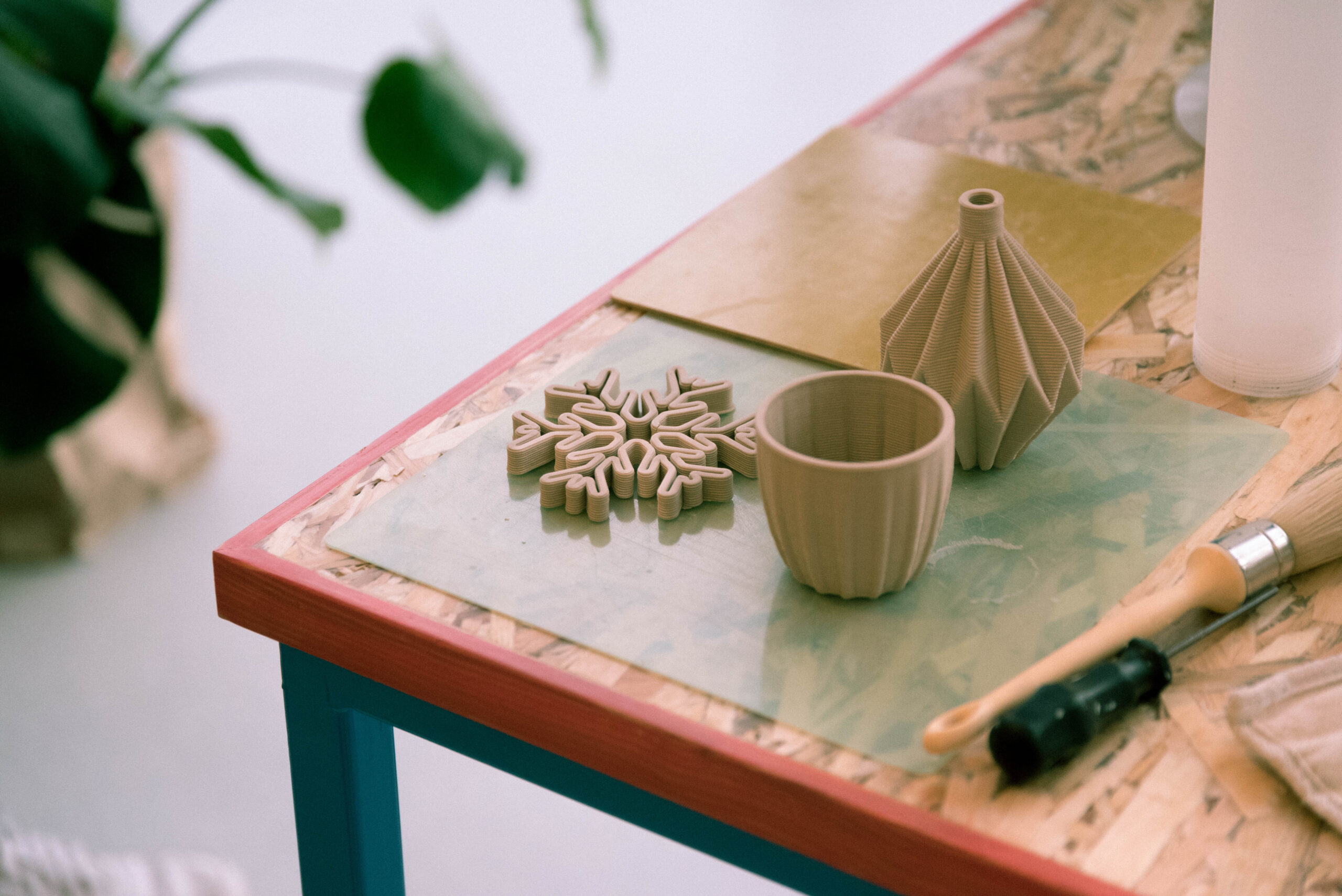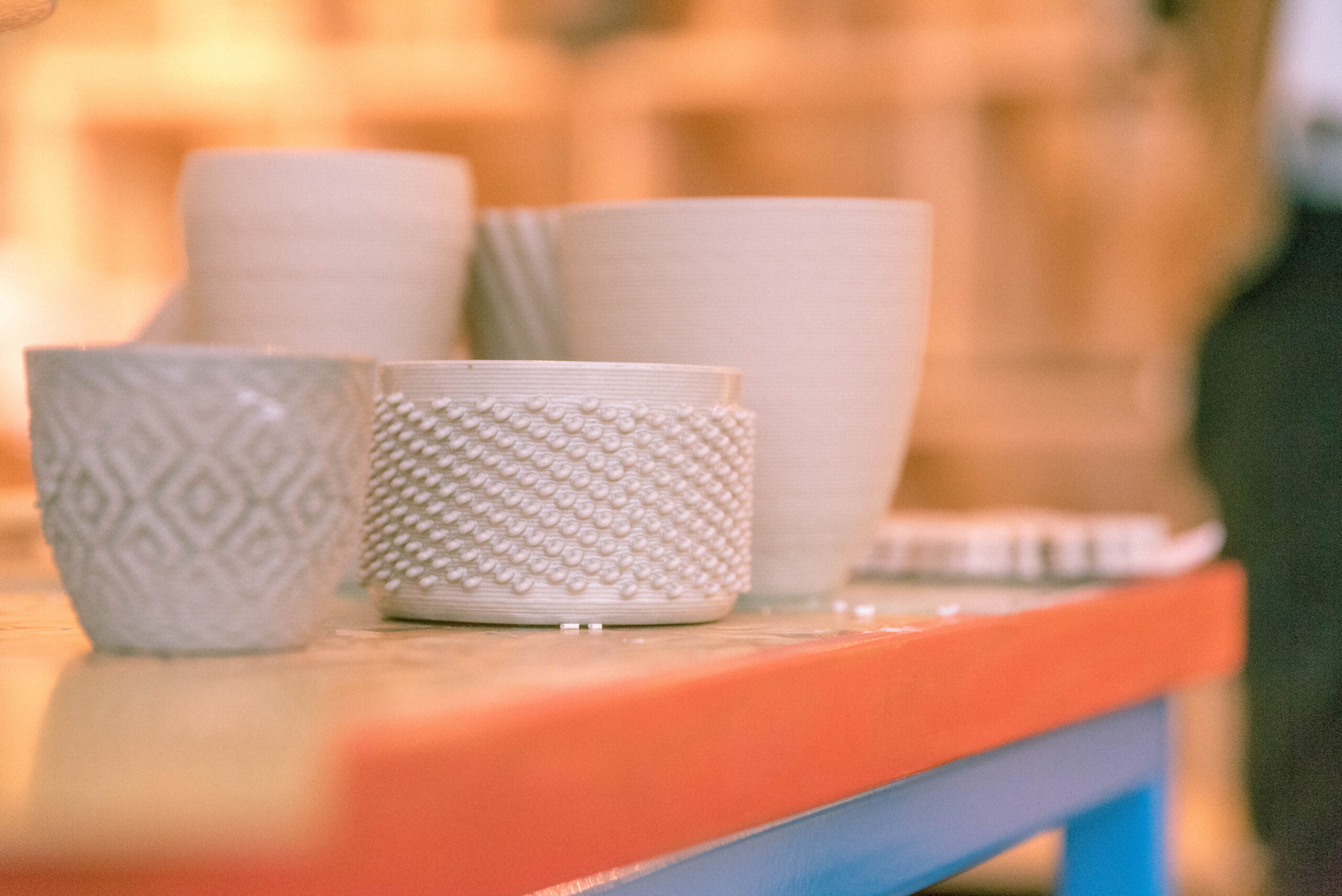At the intersection of time-honoured tradition and contemporary innovation, we encounter a realm abundant in cultural richness and technological progress that informs our understanding and enhances our capabilities in the arts and manufacturing. This exploration delves into the valuable insights traditional craftsmanship offers to modern distributed design and the storied heritage of the Hungarian porcelain industry. The porcelain industry in Hungary stands as a powerful symbol of the nation’s deep-rooted artistic traditions and creative industrial prowess. As it manoeuvres through the challenges of today’s economic environment, this industry remains an essential part of Hungary’s cultural identity and heritage. A balanced approach is crucial to preserve this legacy—one that honours traditional techniques while embracing modern innovations and adjusting to evolving market demands. Hungarian porcelain retains its significance through such endeavours and continues to captivate the world with its enduring beauty and exceptional craftsmanship.
The story of Hungarian porcelain began in the early 19th century, most notably with the establishment of the Herend Porcelain Manufactory in 1826. Like many of its contemporaries, Herend initially mimicked the styles and patterns of established European porcelain manufacturers. However, it soon developed a distinct identity, drawing inspiration from local artistic traditions and the rich flora and fauna of the region. This began a uniquely Hungarian porcelain style characterized by intricate hand-painting and ornate designs. Economically, the porcelain industry has been crucial for local development, providing employment and supporting local economies, particularly in regions where porcelain factories have become the centre of community life.
At FabLab Budapest, our journey into digital transformation took a significant turn when we encountered JetClay as part of the Distributed Design project. Most of our members come from traditional craftsmanship, especially porcelain designers. So, this meeting was not just a moment of inspiration but a catalyst for a new direction in our activities focused on innovation and community building. JetClay’s commitment to open-source principles resonated with our philosophy: inspired by their achievements, with the help of founder Javier Pérez CONTONENTE (aka Japi), we built our printer, designed not just to match the functionalities offered in the market but to exceed them, particularly in handling large-scale ceramics.
In 2024, we continue our commitment with a residency program centred on open-source 3D clay printing. The foundational work of JetClay inspires this initiative and aims to invite creatives worldwide to delve into the potential of 3D printing in ceramics. Residents will become full users of FabLab, first learning to master digital fabrication tools and design for them through open-source projects. Each resident will be paired with a FabLab team member for mentoring, aiming to bring their project or Challenge to life.
We emphasize the importance of commitment to this program, as our goal is to transfer skills and foster innovation, which requires time and dedication. This year’s residency focuses on skill development, sustainability through open-source practices, and the use of locally sourced, preferably renewable, materials.
All criteria must be met for those considering their projects, including the sustainability and local availability of raw materials. This program is not just a learning opportunity but also a platform for residents to present themselves on an international stage,
JetClay’s approach to open-source 3D clay printing has inspired us at FabLab Budapest and set the stage for a new chapter of innovation through our residency program. As we continue to explore the intersections of digital transformation and traditional craftsmanship, we look forward to the creativity and new perspectives that this year’s residents will bring to our community. Together, we aim to push the boundaries of what’s possible, fostering a future where technology and tradition blend seamlessly to create something cool!

At the confluence of time-honoured tradition and contemporary innovation lies a realm abundant in cultural richness and technological advancement, informing our understanding and augmenting our capabilities in the arts and manufacturing sectors. This exploration delves into the valuable insights that traditional craftsmanship offers into modern distributed design and the storied heritage of the Hungarian porcelain industry. As a powerful symbol of the nation’s deeply entrenched artistic traditions and creative industrial prowess, the porcelain industry in Hungary navigates the challenges of today’s economic landscape while remaining a cornerstone of Hungary’s cultural identity and heritage. Maintaining this legacy necessitates a balanced approach that honours traditional techniques whilst embracing modern innovations and adapting to evolving market demands. Such endeavours ensure Hungarian porcelain retains relevance, enchanting the global audience with its timeless beauty and exemplary craftsmanship.
The narrative of Hungarian porcelain commenced in the early 19th century, most notably with the founding of the Herend Porcelain Manufactory in 1826. Initially emulating the styles and patterns of established European porcelain manufacturers, Herend soon carved out a unique identity inspired by local artistic traditions and the region’s rich flora and fauna. This gave rise to a distinctly Hungarian porcelain style characterized by intricate hand-painting and ornate designs. Economically, the porcelain industry has played a pivotal role in local development, providing employment and bolstering local economies, especially in regions where porcelain factories have become the focal points of community life.
At FabLab Budapest, our foray into digital transformation gained significant momentum when we encountered JetClay as part of the Distributed Design project. Many of our members hail from backgrounds in traditional craftsmanship, notably porcelain design. This meeting served as a moment of inspiration, and a catalyst for a new direction in our initiatives centred on innovation and community engagement. JetClay’s adherence to open-source principles struck a chord with our ethos. Motivated by their accomplishments, and with the assistance of founder Javier Pérez CONTONENTE (aka Japi), we constructed our printer, designed not only to meet but exceed market functionalities, especially in handling large-scale ceramics.
2024 we will reinforce our commitment with a residency programme focused on open-source 3D clay printing. Inspired by JetClay’s foundational work, this initiative invites creatives globally to explore the potential of 3D printing in ceramics. Residents will gain comprehensive access to FabLab, initially mastering digital fabrication tools and designing through open-source projects under the mentorship of FabLab team members to bring their projects or challenges to fruition.
We underline the importance of dedication to this programme, aiming to impart skills and foster innovation, which necessitates time and commitment. This year’s residency emphasizes skill development, sustainability through open-source practices, and the use of locally sourced, preferably renewable, materials.
For those considering their projects, meeting all specified criteria, including sustainability and the local availability of raw materials, is imperative. This programme is a learning opportunity and provides a platform for residents to showcase their talents on an international stage.
JetClay’s innovative approach to open-source 3D clay printing has inspired us at FabLab Budapest and paved the way for a new chapter of innovation through our residency programme. As we explore the intersections of digital transformation and traditional craftsmanship, we eagerly anticipate the creativity and fresh perspectives this year’s residents will bring to our community. Together, we strive to push the boundaries of what’s possible, fostering a future where technology and tradition seamlessly converge to forge something truly remarkable.
